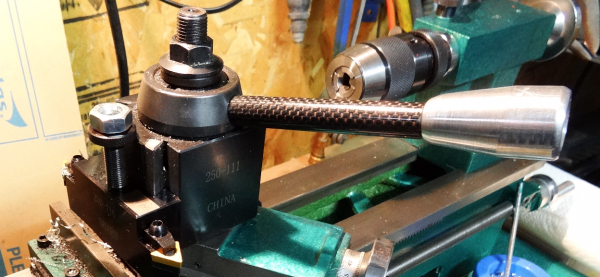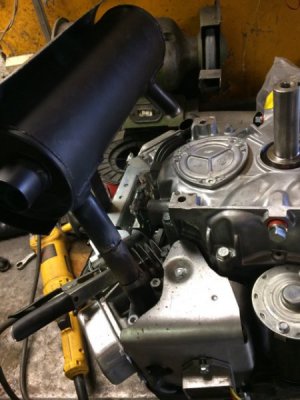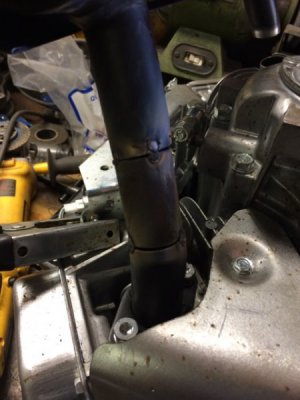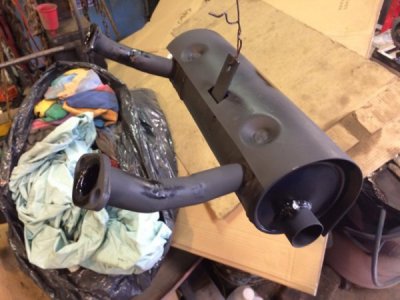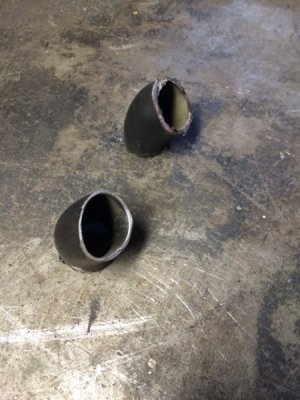I am going to need to cut metric threads on my south bend lathe making the ER 40 collet, sooooo.....after a year of procrastinating..

... I finally got off my but and made up the transposing gears. It only took 20 minutes! I had previously made extra bolts and bushings for the change gears just for instances like this. I turnd the OD of a busing to .562" to fit the gears and drilled and tapped two holes for 10-32 SHCS.
View attachment 126967 These are the parts.
View attachment 126968 These are the parts assembled and ready to use. I put loctite on the bolts to make this a permanent assembly as I bought to spare gears a year ago just for this. (I been waiting until I needed them). This is a 44 tooth and a 56 tooth gears. you could just remove the bolts and use them normally again, but I wanted a permanent one. There is a chart showing which change gears to use to cut all the most common metric threads. The error in this setup is 2 parts per thousand or two threads over 40 inches , which is negligible and won't be noticeable.
The advantage to this is I don't need to make those special big gears for 127/100 teeth. this setup uses the standard change gears.




